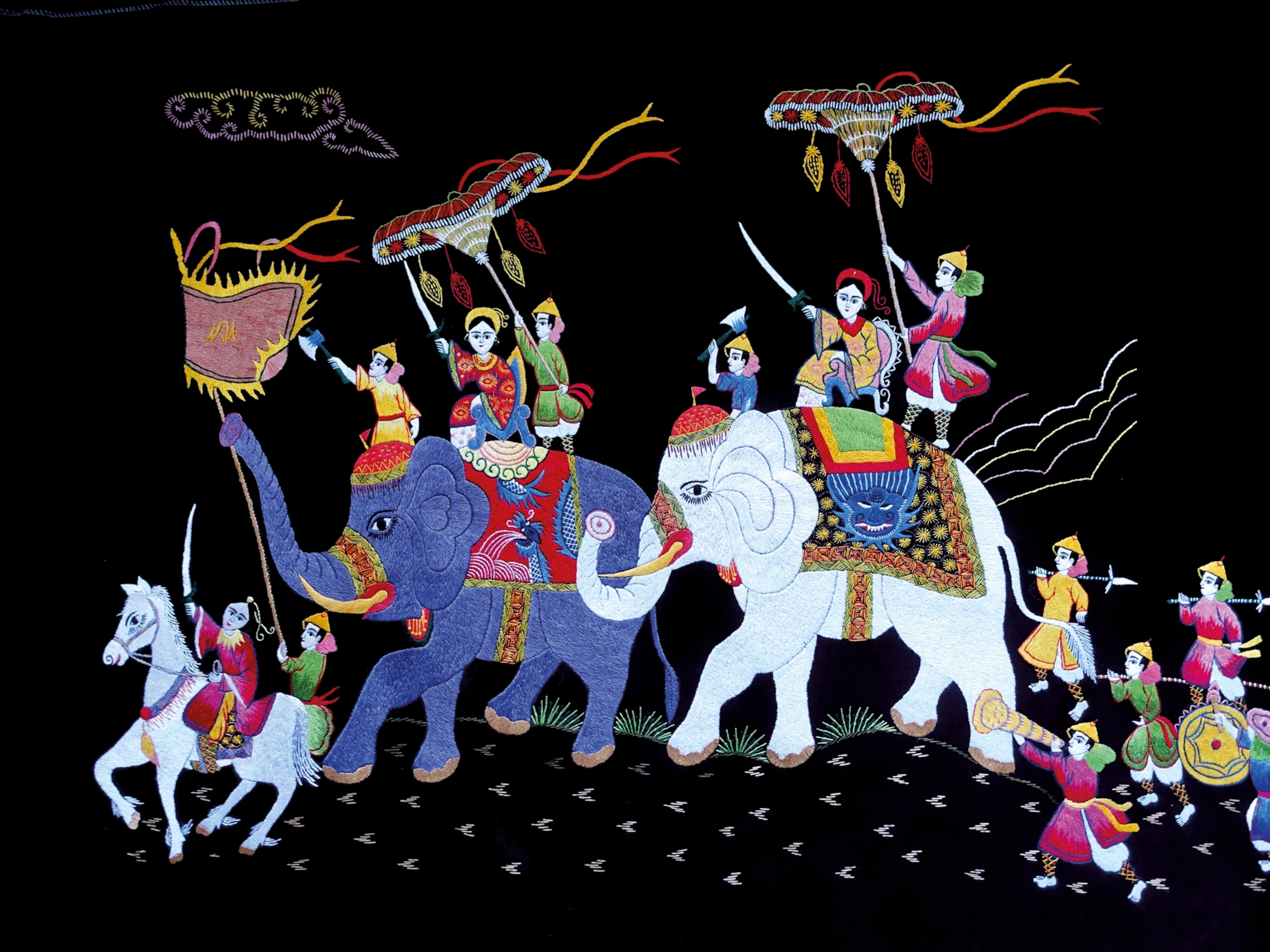Modern queens and princesses, ruling from the highlands of the Tibetan Plateau to the tiny South Pacific island of Niue, have rarely possessed the type of power wielded by the female leaders of ancient Egypt.
These women were not just figureheads or puppet-masters behind a man, they were powerful and ruthless heads of a highly advanced civilization. In ancient Egypt women enjoyed the sort of human rights that their counterparts today are still fighting for—they worked, owned property, ran businesses, and divorced their husbands. Their society was, writes Kara Cooney, a professor of Egyptology at UCLA, in her new book When Women Ruled the World, "light-years ahead of us in their trust of female power."
"In one place on our planet thousands of years ago, against all the odds of the male-dominated system in which they lived, women ruled repeatedly with formal, unadulterated power," Cooney writes in the book's introduction. No other civilization was so regularly run by women, particularly in times of war, which leads her to ask: "What about ancient Egypt allowed this kind of political and ideological power among the acknowledged weaker sex, plagued by pregnancy, nursing, monthly hormonal shifts, and menopause?"
Cooney seeks answers in profiles of six ancient female leaders—Merneith, Neferusobek, Hatshepsut, Nefertiti, Tawosret, and Cleopatra—beginning near the dawn of the empire in 3000 B.C. All ruled as queens and all but one ended up in the official role of king. But their reign wasn't as liberated as it seems: though they were given ultimate power, they often served in the place of a male leader who was too young or old to rule, and wielding this power still threw them into battle with the patriarchy. Soon after their rule, most of these female leaders had their accomplishments wiped from history, their statues smashed, and their names forgotten. But for brief moments, they ruled Egypt, and a glance at the current world stage shows that remains unique. "Simply put," Cooney writes. "modern female leaders are far more distrusted than their counterparts were in the ancient Egyptian world."
Related Topics
You May Also Like
Go Further
Animals
- This ‘saber-toothed’ salmon wasn’t quite what we thoughtThis ‘saber-toothed’ salmon wasn’t quite what we thought
- Why this rhino-zebra friendship makes perfect senseWhy this rhino-zebra friendship makes perfect sense
- When did bioluminescence evolve? It’s older than we thought.When did bioluminescence evolve? It’s older than we thought.
- Soy, skim … spider. Are any of these technically milk?Soy, skim … spider. Are any of these technically milk?
- This pristine piece of the Amazon shows nature’s resilienceThis pristine piece of the Amazon shows nature’s resilience
Environment
- This pristine piece of the Amazon shows nature’s resilienceThis pristine piece of the Amazon shows nature’s resilience
- Listen to 30 years of climate change transformed into haunting musicListen to 30 years of climate change transformed into haunting music
- This ancient society tried to stop El Niño—with child sacrificeThis ancient society tried to stop El Niño—with child sacrifice
- U.S. plans to clean its drinking water. What does that mean?U.S. plans to clean its drinking water. What does that mean?
History & Culture
- Séances at the White House? Why these first ladies turned to the occultSéances at the White House? Why these first ladies turned to the occult
- Gambling is everywhere now. When is that a problem?Gambling is everywhere now. When is that a problem?
- Beauty is pain—at least it was in 17th-century SpainBeauty is pain—at least it was in 17th-century Spain
- The real spies who inspired ‘The Ministry of Ungentlemanly Warfare’The real spies who inspired ‘The Ministry of Ungentlemanly Warfare’
- Heard of Zoroastrianism? The religion still has fervent followersHeard of Zoroastrianism? The religion still has fervent followers
Science
- Here's how astronomers found one of the rarest phenomenons in spaceHere's how astronomers found one of the rarest phenomenons in space
- Not an extrovert or introvert? There’s a word for that.Not an extrovert or introvert? There’s a word for that.
- NASA has a plan to clean up space junk—but is going green enough?NASA has a plan to clean up space junk—but is going green enough?
- Soy, skim … spider. Are any of these technically milk?Soy, skim … spider. Are any of these technically milk?
- Can aspirin help protect against colorectal cancers?Can aspirin help protect against colorectal cancers?
Travel
- What it's like to hike the Camino del Mayab in MexicoWhat it's like to hike the Camino del Mayab in Mexico
- Follow in the footsteps of Robin Hood in Sherwood ForestFollow in the footsteps of Robin Hood in Sherwood Forest
- This chef is taking Indian cuisine in a bold new directionThis chef is taking Indian cuisine in a bold new direction
- On the path of Latin America's greatest wildlife migrationOn the path of Latin America's greatest wildlife migration
- Everything you need to know about Everglades National ParkEverything you need to know about Everglades National Park























